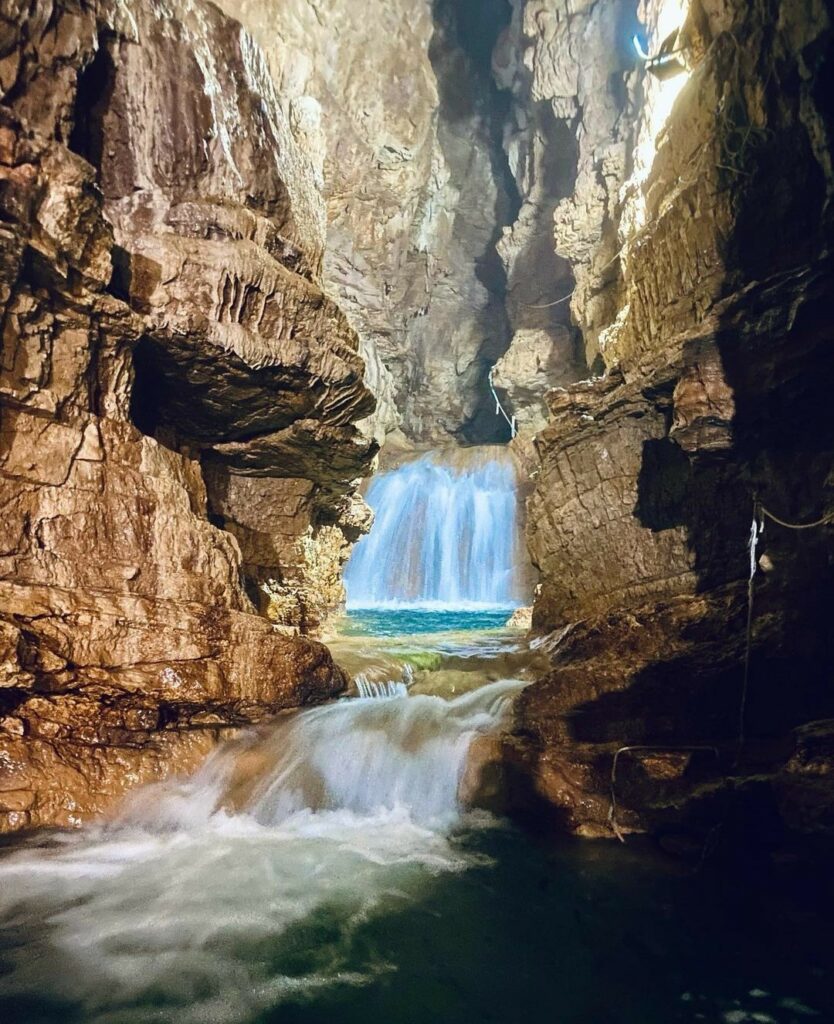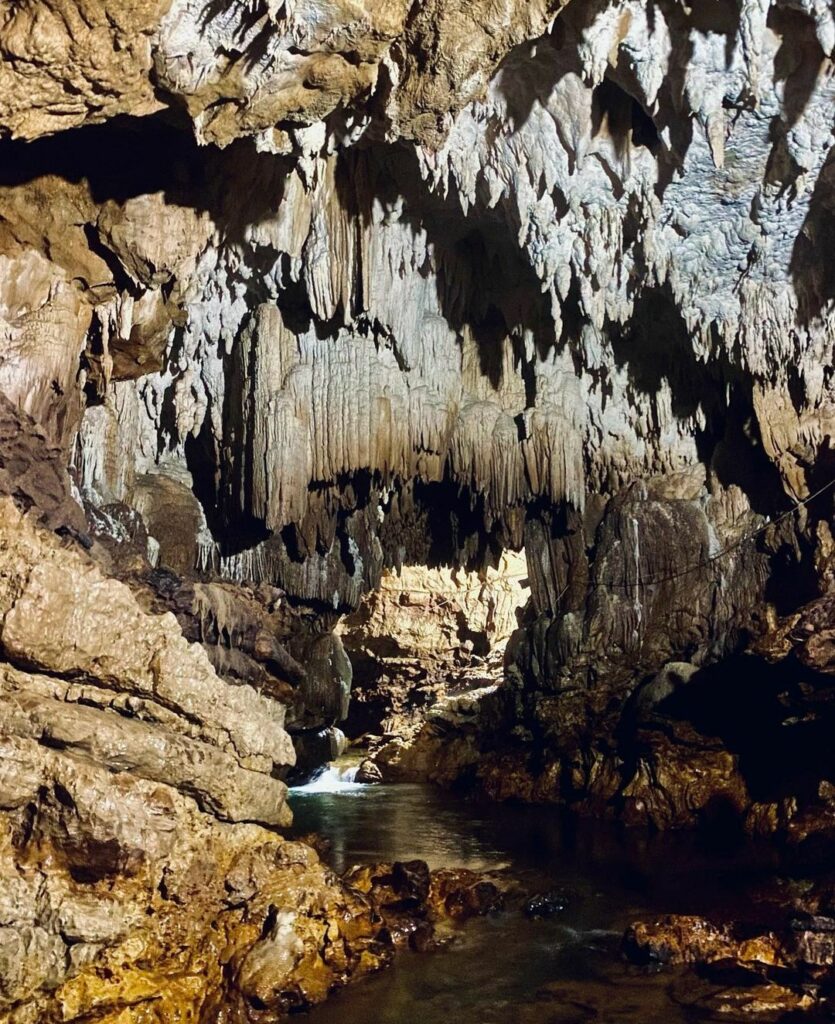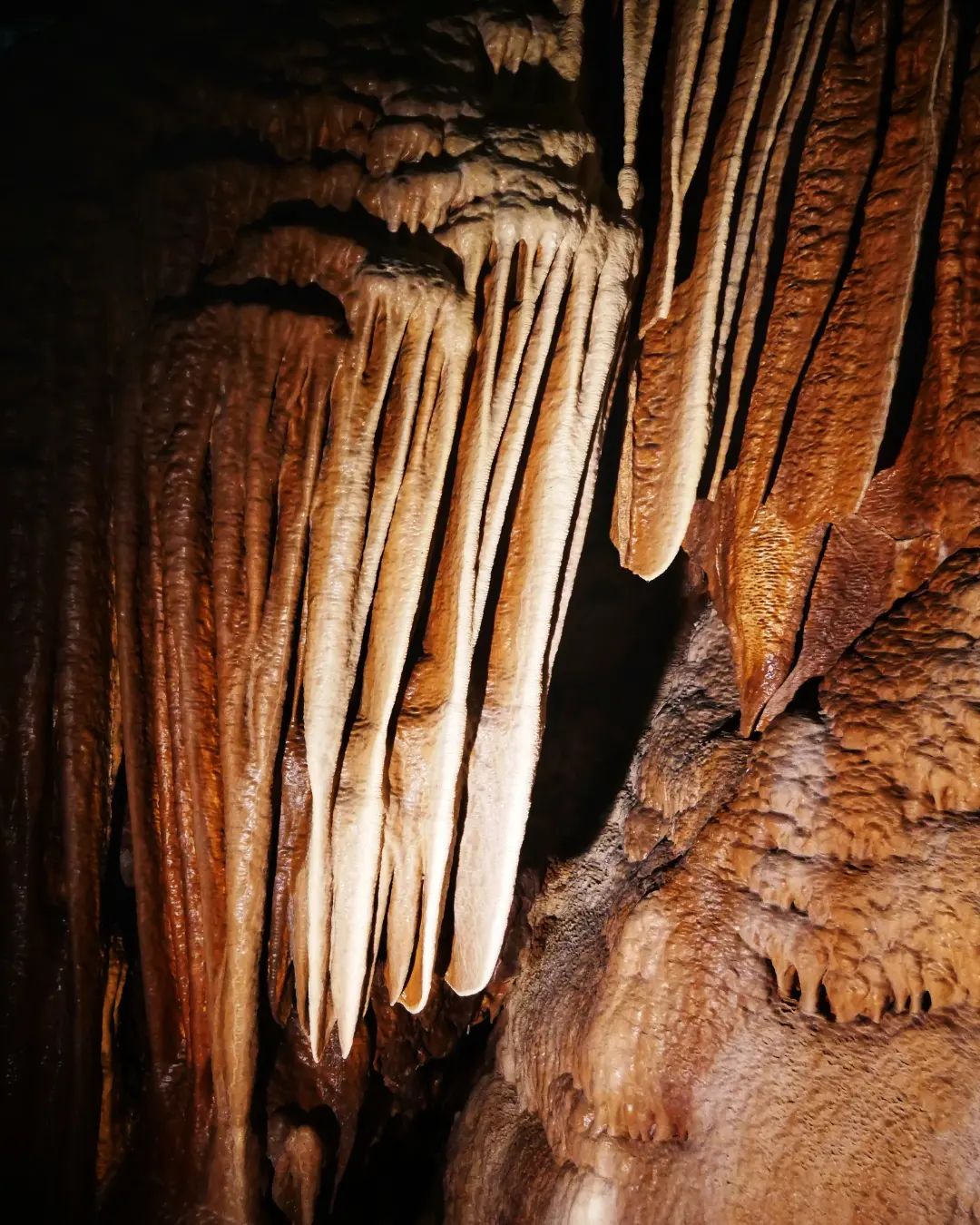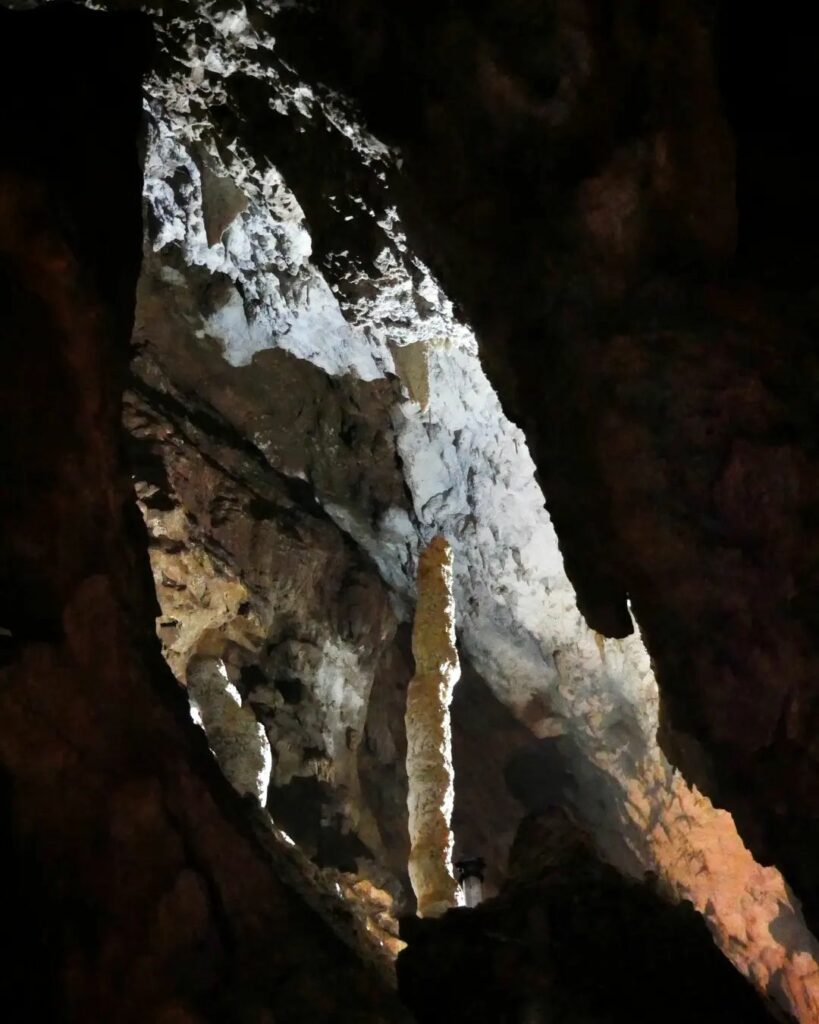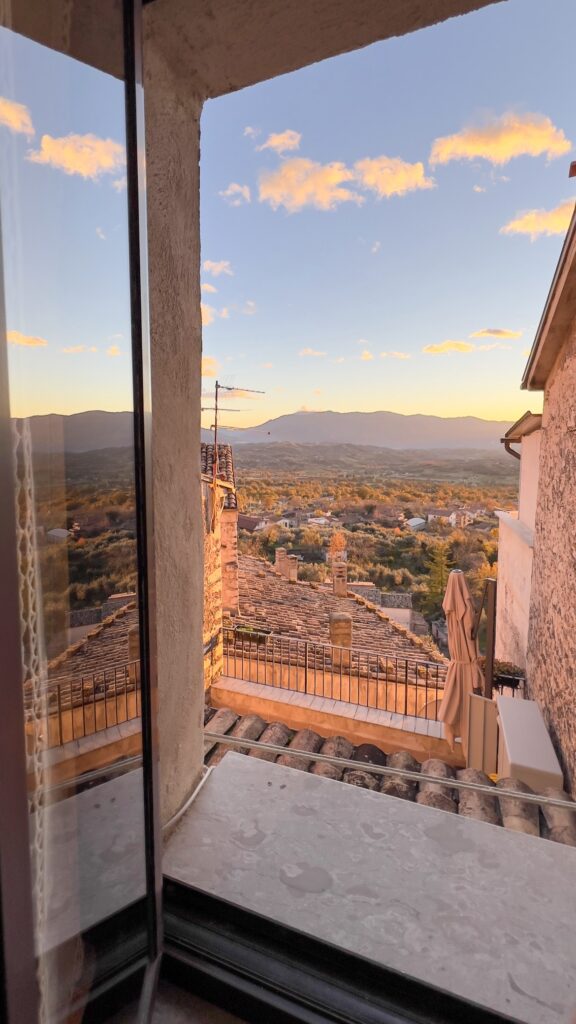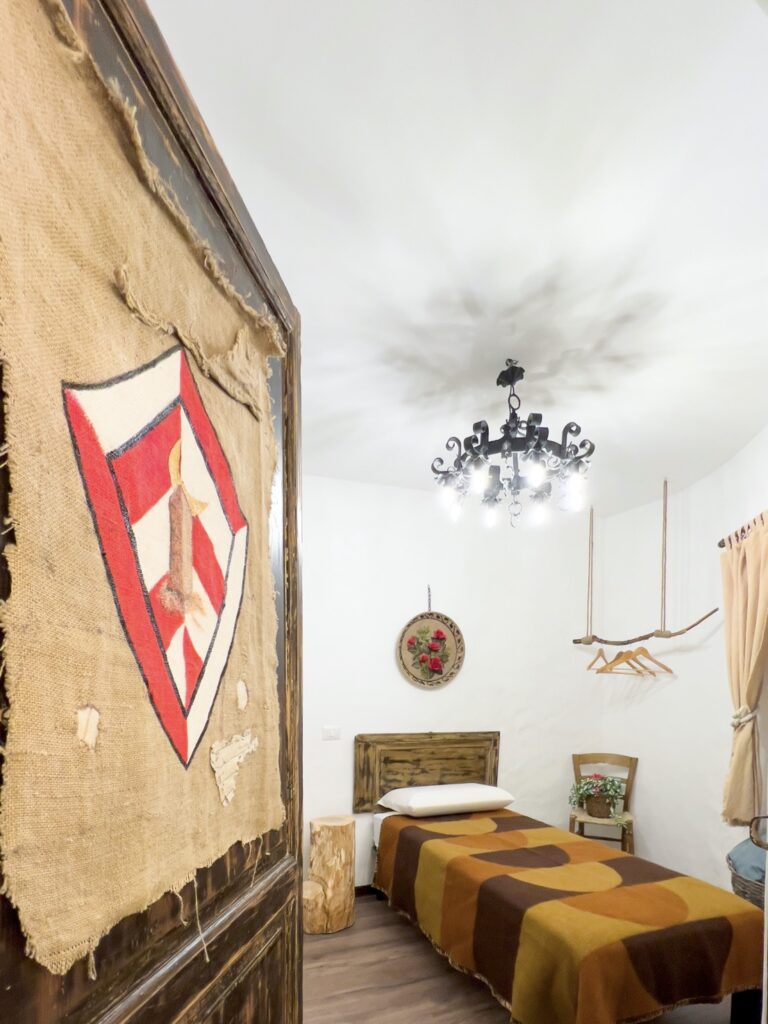
Close

The Falvaterra and Rio Obaco Caves Natural Monument is an area of great speleological and geological interest, located in the municipality of Falvaterra.
ADDRESS
Via Mazzorile, Falvaterra (FR)
ACCESSIBILITY
By car
DISTANCE
53 km
This site is characterised by an underground system of caves over 5 kilometres long within the hill of Monte Lamia.
The Falvaterra Caves are the main attraction of the Natural Monument and are currently accessible for the first 250 metres at tourist level and for the first 600 metres at speleotourist level. These caves are the result of the action of underground waters that have shaped the limestone rocks of Monte Lamia over the last million years.
The Natural Monument also includes the possibility of visiting polygonal walls dating back to the period before the history of Rome, recently discovered in the area of Castellone Costa Marione. This area is immersed in a pristine environment, with examples of flora and fauna related to the Mediterranean maquis and spectacular views of the Valle dei Latini.
The protected area of the Natural Monument covers more than 130 hectares and includes the entire basin of the Rio Obaco up to its confluence with the Fiume Sacco, with various environments and micro-environments of great biological importance. In May 2009, an accommodation facility was inaugurated within the Natural Monument in a redeveloped abandoned quarry, which includes a shop selling handicrafts, a speleological museum and an ecomuseum under construction. This work was realised thanks to DOCUP funding obtained from the Lazio Region and managed by the XVI Ausoni Mountain Community of Pico.
The route of the Falvaterra Caves is very varied, ranging from active areas with waterfalls and rapids to more tranquil areas with gorges, lakes and stalactites adorning the cave walls and ceiling. These caves are home to a variety of underground animals, including beetles, dolichopods and bats belonging to different species. Recently, some species of transparent crustaceans belonging to the genus Niphargus have been discovered, which are being studied by the University of Tor Vergata in Rome.
